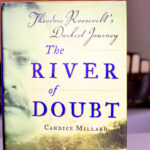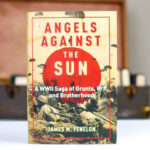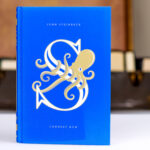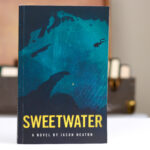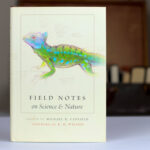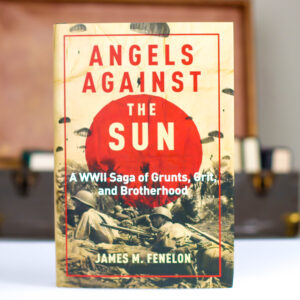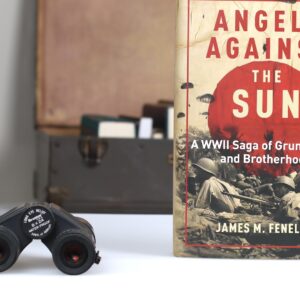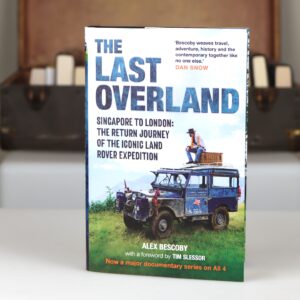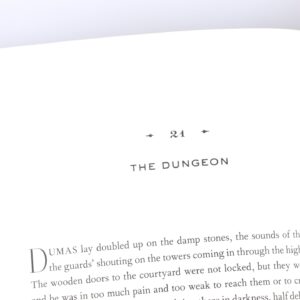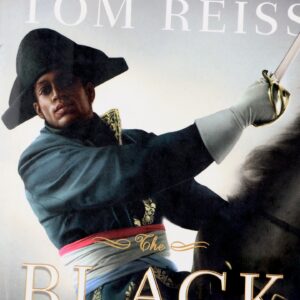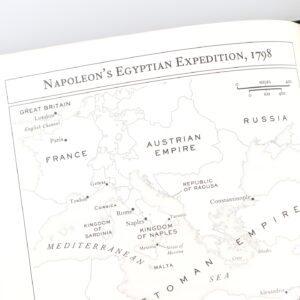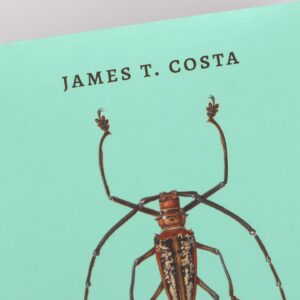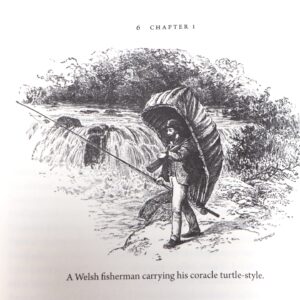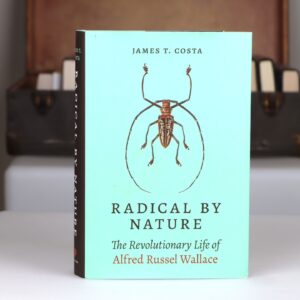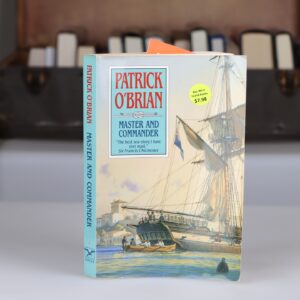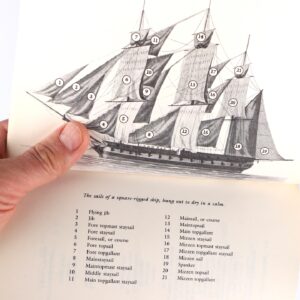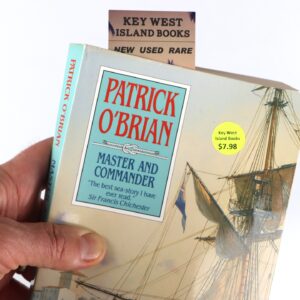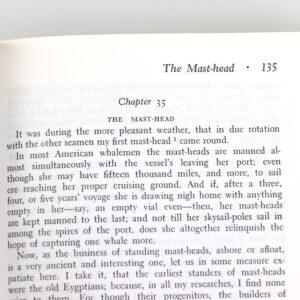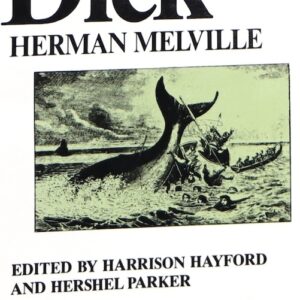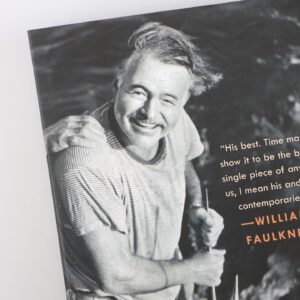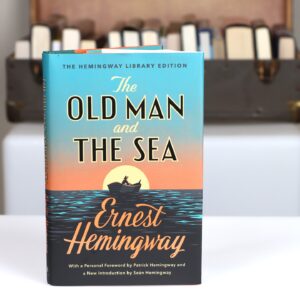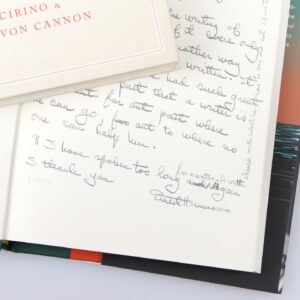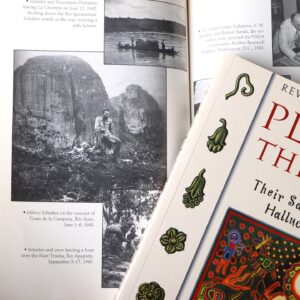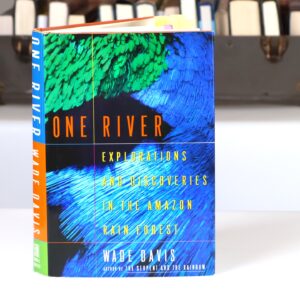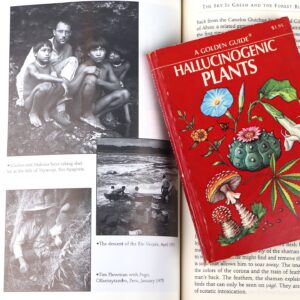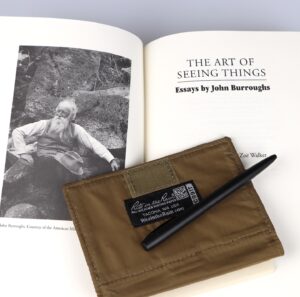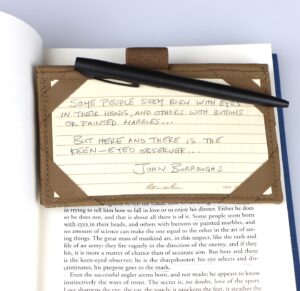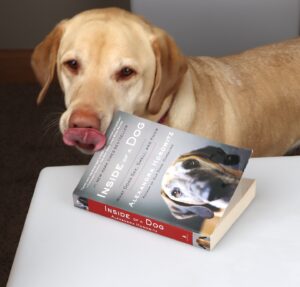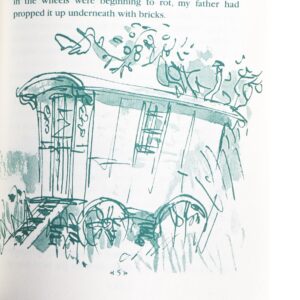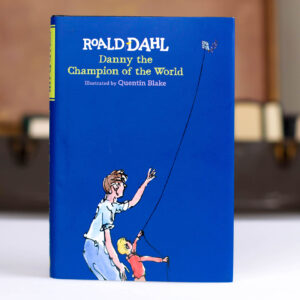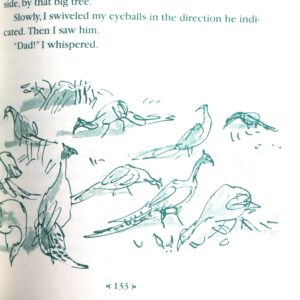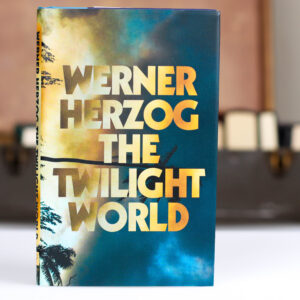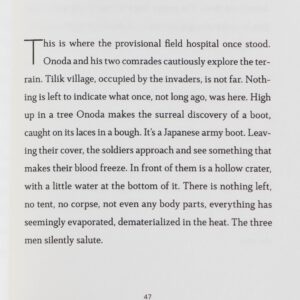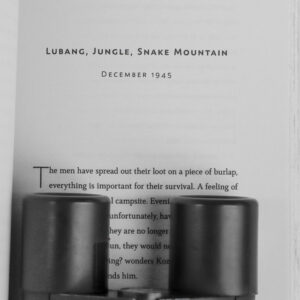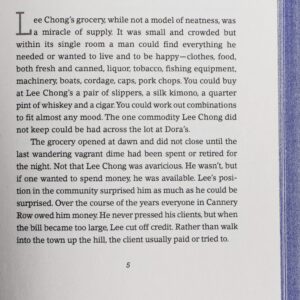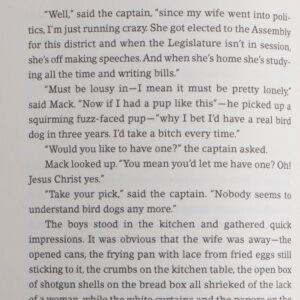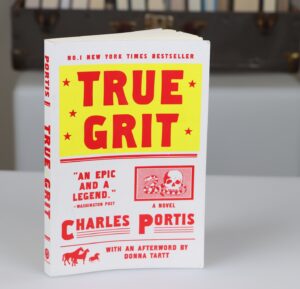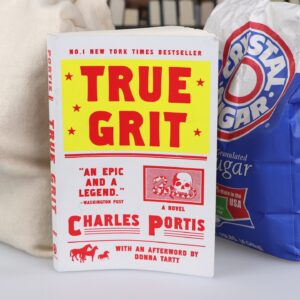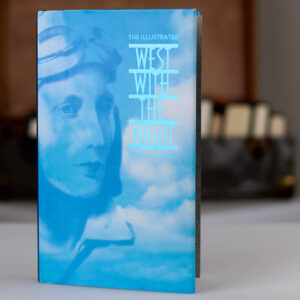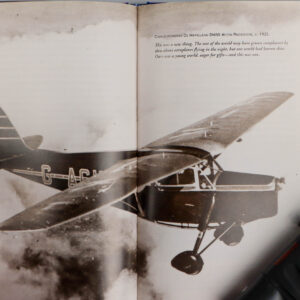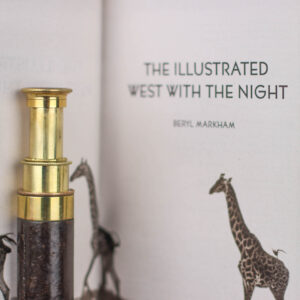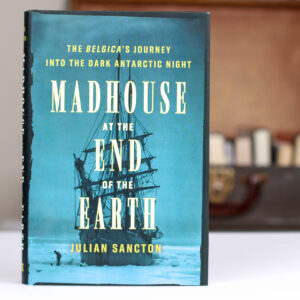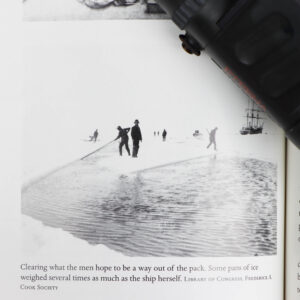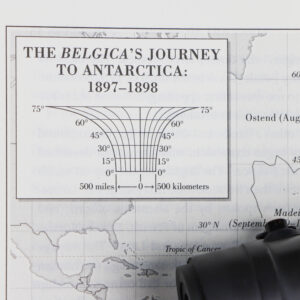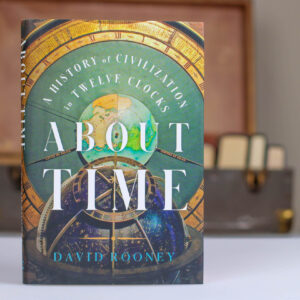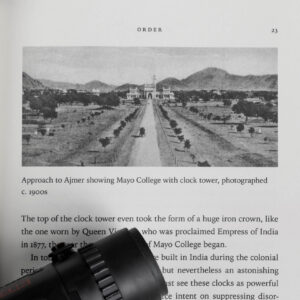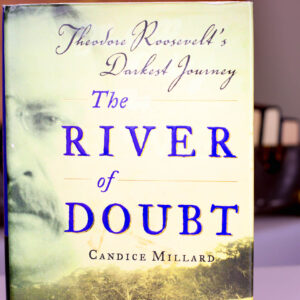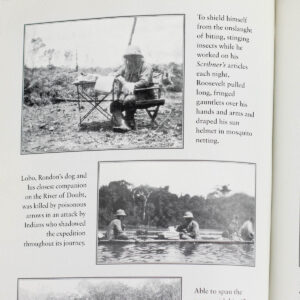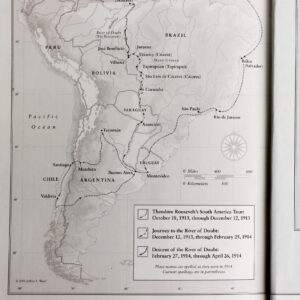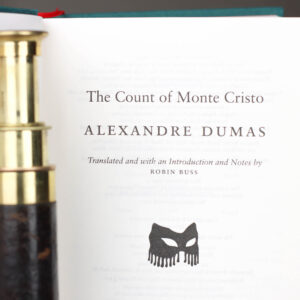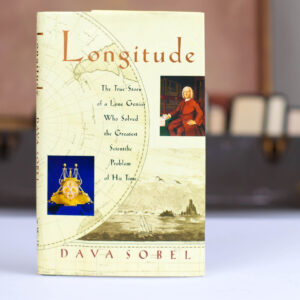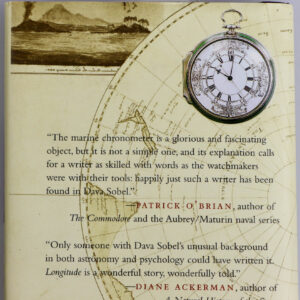What are the best adventure books?
Books take us on adventures, and are valued companions on our own travels. If we had to choose a set we could fit into a suitcase, where would we start?
While preparing his African safari in 1909, Theodore Roosevelt compiled a list of books that he wanted to take with him. As a gift, his sister bound these volumes in pigskin and packaged them in a large metal trunk. This became known as “The Pigskin Library.”
We have established a “Dogwatch Library.” We don’t quite know how we would bind them in pigskin. However, we have a growing set of books that are about an adventure, or are great to take along when traveling.
Only a small part of the idea of our Library is offering books for sale. The larger idea is to provide a place for our people to find new books that spur imagination, learning, and adventure.
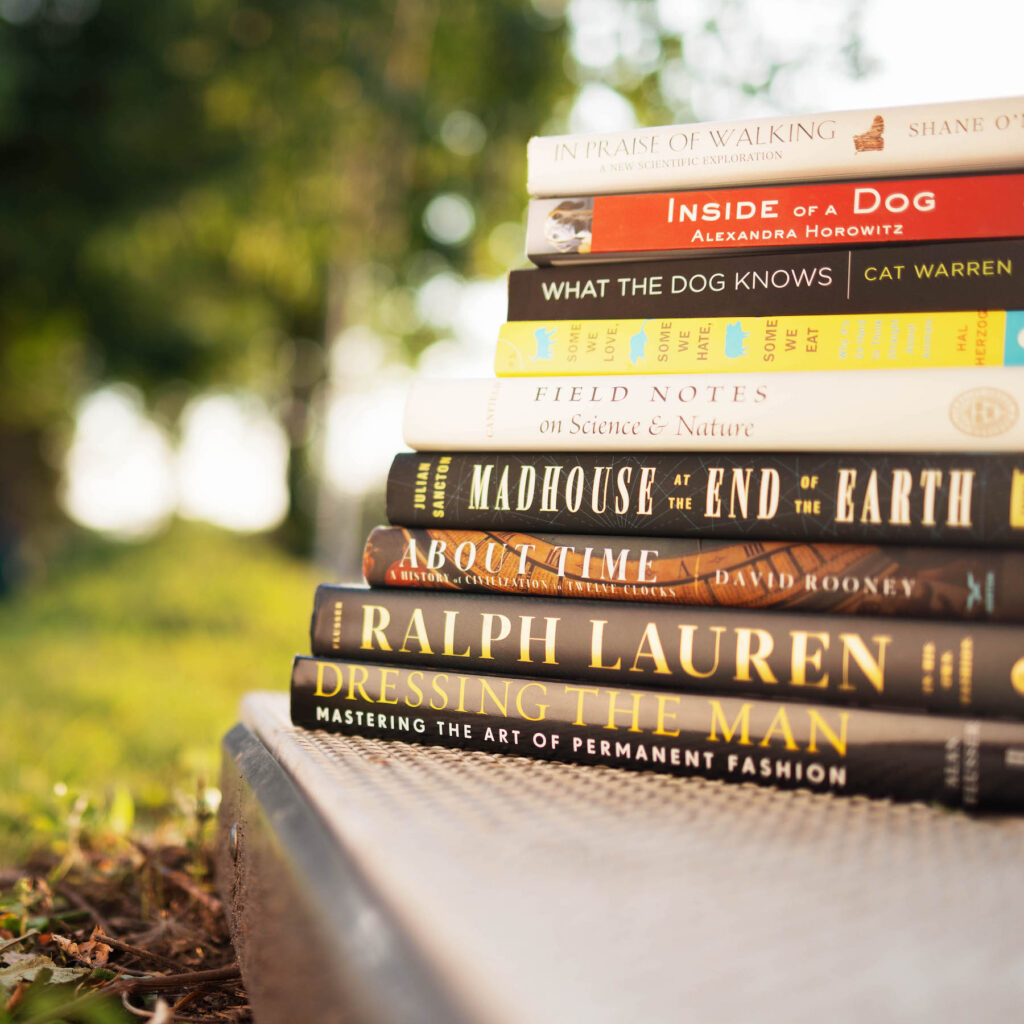

We offer a small number of these here for purchase. They are used books, are good copies, and already have some dust, a few wrinkles or notes, and patina from the road.
If your book selection is in stock in the Library, you will be able to purchase lightly patinated book that already has history. Some might have marginal notes–like one of the copies of Longitude with nautical calculations inside the front cover—and all have the spirit of other people already infused in them.
Volumes in the Dogwatch Library
21. Angels Against the Sun: A WWII Saga of Grunts, Grit, and Brotherhood, by James Fenelon.
Strap in and head out for a gripping paratrooper story from writer and historian James Fenelon. Fenelon is also author of Four Hours of Fury, and helps us understand the context of a critically important period in WWII through the experience of a particular group of tough and determined soldiers. Listen to On the Dogwatch podcast episode #65 for our interview with James about his books.
20. The Creative Act, by Rick Rubin.
What in the world does a book by a record producer turned gong-ringing guru have to do on a list of the best travel and adventure books? Stay with us, as Rubin is no ordinary gong-ringing guru. Aside from helping the likes of Run-DMC, the Beastie Boys, The Red Hot Chili Peppers, and Johnny Cash with his work, Time Magazine listed him as one of the 100 most influential people in the world. So he deserves a little extra consideration. In this book, Rubin provides a lot to think about for anyone who creates anything, or who goes on creative journeys. Travel, anyone? While some of the specific content has to do with art, the lessons in this book apply to travel, and business, and life. You'll certainly think a lot about ways to get your creative juices flowing. It's great as an audio book as well, and listening for Rubin's voice is worth the price alone.
19. The Last Overland, by Alex Bescoby.
This book tells traces the path of Bescoby's linkage with the Land Rover "Oxford" that had originally been driven from England to Singapore in the 1950s. Bescoby not only locates Oxford, but embarks on a quest to retrace the steps of the original journey in reverse, bringing the vehicle home to London. How many thousand miles do you think you could tolerate in an original Land Rover? Bescoby get the award just for that, and gets extra palms for both creating a great story himself as well as shining light on the accomplishments of the original adventurers.
18. The Black Count, by Tom Reiss.
If you thought that the Count of Monte Cristo was good, here is the non-fiction account that places the story into context. Alex Dumas, father of the author Alexandre Dumas had a life that equaled that of the Count. As a child of a ne'er-do-well French nobleman and an African slave on Saint-Domingue (now Haiti), he rose through the ranks of the French military and became a true force to be reckoned with. It's likely you will need to make room on your list of heroes after reading this book.
17. Radical by Nature: The Revolutionary Life of Alfred Russel Wallace, by James T. Costa.
Meet Alfred Russel Wallace, the co-discoverer of the theory of evolution by natural selection, and one quirky dude. There is no question Wallace was an intrepid adventurer, a fantastic naturalist, and a fundamentally curious mind. Costa, a previous guest and guiding light on the Dogwatch, expertly introduces us to the full Wallace, and helps us understand how his love for nature and travel came about, and the fascinating paths he trod after his proposal of natural selection with Darwin. We'd all be lucky to sit for a dogwatch with either Wallace or Costa.
16. Master and Commander, by Patrick O'Brien.
This is first in the pleasurably long series of books that follows Captain Jack Aubrey on his adventures as Britain battles for control of the oceans. The characters in the series are carefully developed, and the friendship between "Lucky Jack" Aubrey and the surgeon-naturalist Stephen Maturin makes the series exceptional. There is plenty of deep color of naval life, which makes the stories believable, entertaining, and sometimes humorous. Set aside some time, as the 21 books in the series may well grab hold of you.
15. Moby Dick, by Herman Melville.
There is so much in this book it almost makes sense to just read a chapter and then think about it for a few weeks. We love Chapter 35: The Masthead, to be honest, given how it makes us think about attention. Although some people are intimidated by Moby Dick, just get a copy and start by reading one chapter, or a few sentences. Melville is a wizard, a sage, a bard, and a funnyman, all at the same time. A book that deserves a permanent seat at the captain's table.
14. The Old Man and the Sea, by Ernest Hemingway.
When the old man Santiago goes to sea and travels further out than he's ever been to try to break his bad luck and bring home a giant marlin, Hemingway already has readers on the hook. But as with so much Hemingway, it's not just what happens in the story, it's how the sentences are carefully crafted and put together into this masterpiece. Listen to our podcast Ep. 63 with Hemingway expert Mark Cirino to learn about this book and why it is a lock for the Dogwatch Library.
13. One River: Explorations and Discoveries in the Amazon Rain Forest, by Wade Davis.
While there are so many places to start with Davis's books, from Haiti and Serpent and the Rainbow to Into the Silence and Mallory on Everest, One River is the clear place to start. It reads like the origin story of two generations of great explorers. The first of those is Davis himself and Tim Plowman, who follow the footsteps of the second, their legendary mentor, Richard Evans Schultes in studying the people and the plants (many hallucinogenic) of the Amazon. If these names are strange to you, and you consider yourself an explorer, buckle up and read this incredible story.
12. The Art of Seeing Things, ed. by Charlotte Zoe Walker.
This is a book that does not generally appear on "best of adventure" book lists. But it should. Everyone who goes outside could take something from John Burroughs and how he observed the world. This is an edited group of Burroughs's writings, and it is worth the read. It is an affirmation of observing, walking, and seeing the unfiltered world in an age of omnipresent filters.
11. Inside of a Dog, by Alexandra Horowitz.
Given that the dog is the oldest domesticed animal and has been on adventures with humans for 15,000 years or more, it makes sense to take a look inside and understand these creatures. No one is better at describing what we know about dog behavior and how they exist in our lives than Horowitz. It is a fascinating, entertaining, and insightful read. Interesting if you have a dog or not. Your neighbor probably does. Listen to our interview with Alexandra Horowitz on Ep. 64 of On the Dogwatch podcast for more!
10. Danny Champion of the World, by Roald Dahl.
Danny lives with his dad in an old caravan next to their filling station and repair shop in the English countryside. One night, Danny learns something about his father when he wakes up and he is alone. The adventures that ensue are endearing, hilarious, and relatable. It may be best read aloud. It was written in the mid-'70s, so a few things need some context, but being in a hole with a father with a broken bone while he secretly hopes his young son will rescue him is something else. And every one should learn the needle-on-cement sharpening technique that Doc Spencer so artfully employs when Mr. Victor Hazel kicks his dog. You never kick a dog. This book somehow finds itself in the younger reader section of the library, but it should be tucked into that small pocket on the front of everyone's backpack.
9. Twilight World, by Werner Herzog.
What would happen if a Japanese soldier in WWII was assigned to defend the remote Lubang island in the Phillipines until relieved by a superior, but that did not happen for 30 years? Enter Hiroo Onoda. In this book, Werner Herzog provides his take on Onoda's epic inward adventure in defending Lubang and doing his duty in a remote jungle. He kept his sword polished with oil he extracted from coconuts. This is a story of being resolute, gritty, and hard core.
8. Cannery Row, by John Steinbeck.
Sometimes you just want to throw a party for someone you care about. That's the case with Mack and the boys, and their feelings for Doc. Unfortunately, their first attempt doesn't go too well, and they undertake a frog hunt to make a second attempt possible. The adventures take place in a relatively small area around Monterey, CA, but it makes them no less grand. There is plenty of heart in this book.
7. True Grit, by Charles Portis.
Who is Mattie Ross? She's a fourteen-year-old who responds to her father being killed by the dog-shooting scoundrel Tom Chaney by leaving "home in the wintertime to avenge her father's blood." She carries her father's Colt dragoon pistol in a sugar sack and says things like "I intend to kill Tom Chaney with it if the law fails to do so." At one point, she says "I was so mad I could have bitten my tongue off." There is every reason to follow Mattie on her adventure to find Chaney. It goes without saying that Portis is a master writer, and although the Coen brothers made a movie version, this is one to read for the characters and the humor that come across from Mattie narrating the tale herself.
6. West with the Night, by Beryl Markham
Any book that begins with a woman flying over plains outside Kenya in the 1930s is bound to be pretty good. This book is excellent. Markham recounts her childhood in Kenya playing in nature, and helping her father train race horses. She eventually went into business herself, and then took up flying. The unsensational way that she recounts being mauled by a lion as a child, which was pretty sensational, offers a way to get to experience her stories without the drama. And then there was of course flying into Benghazi at night, and that first female flight across the Atlantic. It is definitely worth going along with Markham on her adventures.
5. Madhouse at the End of the Earth, by Julian Sancton.
Ernest Shackleton doesn't have a monopoly on getting stuck in the Antarctic ice, nor does he have precedence. Before the Endurance there was the Belgica. Sancton follows Captain Adrien de Gerlache on his quest to reach the south magnetic pole, and details how the Belgica became lodged in the ice and became the first to endure the punishing Antarctic winter. This is a fantastic tale, and puts later attempts into a colorful context. Listen to our interview with Julian about the book in Ep 36 of On the Dogwatch Podcast.
4. About Time: A History of Civilization in Twelve Clocks, by David Rooney.
Who better to take a trip around the world with to learn about clocks and time than Rooney, the child of a clockmaker who has traveled a great deal himself, and even been the curator at Greenwich, winding the Harrison clocks himself. This is an outstanding primer on the relevance of clocks and historical importance of keeping time. Listen to our conversation with David Rooney On the Dogwatch Podcast Ep 29.
3. The River of Doubt: Theodore Roosevelt's Darkest Journey, by Candice Millard.
Theodore Roosevelt had so many adventures throughout his life. This book follows a trip through the Brazilian wilderness with TR and his son Kermit. Incredibly well told by Millard, this story is remarkable because of how TR sets off on the trip with poor advice and planning, and ends up paying the price. There are incredible characters here, including the batty Father Zahm who eventually gets voted off the expedition to "return to the settled country," Survivor style. A must read for anyone interested in TR or true adventure narratives.
2. The Count of Monte Cristo, by Alexandre Dumas.
What else do you want? Hidden treasure. Poisonings. False imprisonment. Tunneling through rock walls. Disguises. Treachery and revenge. Love, lost and found. There are few stories that can match this book for its characters and narrative. While a long read, this is an adventure story for the ages.
1. Longitude: The True Story of a Lone Genius Who Solved the Greatest Scientific Problem of His Time, by Dava Sobel.
It is amazing what Sobel can do in 175 pages: 1) Explain the problem of keeping longitude at sea, which was a major impediment to seagoing travel; 2) Introduce John Harrison, a carpenter and mechanical savant who solved the “longitude problem”; 3) Tell a great story. Not only because this is small, central to understanding the evolution of modern timekeeping, and travel in general, this is the first book into the Dogwatch Library. Just read it. And give someone else a copy to read.
Exceptional Quality
Sustainable Manufacturing Processes
Supporting Artists and Artisans
